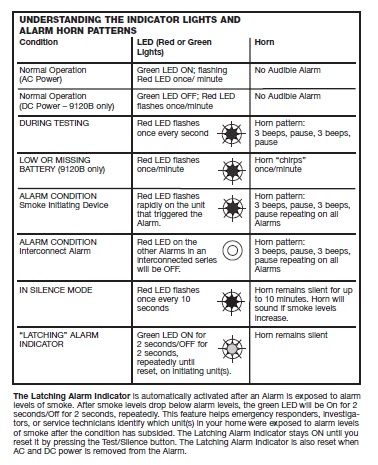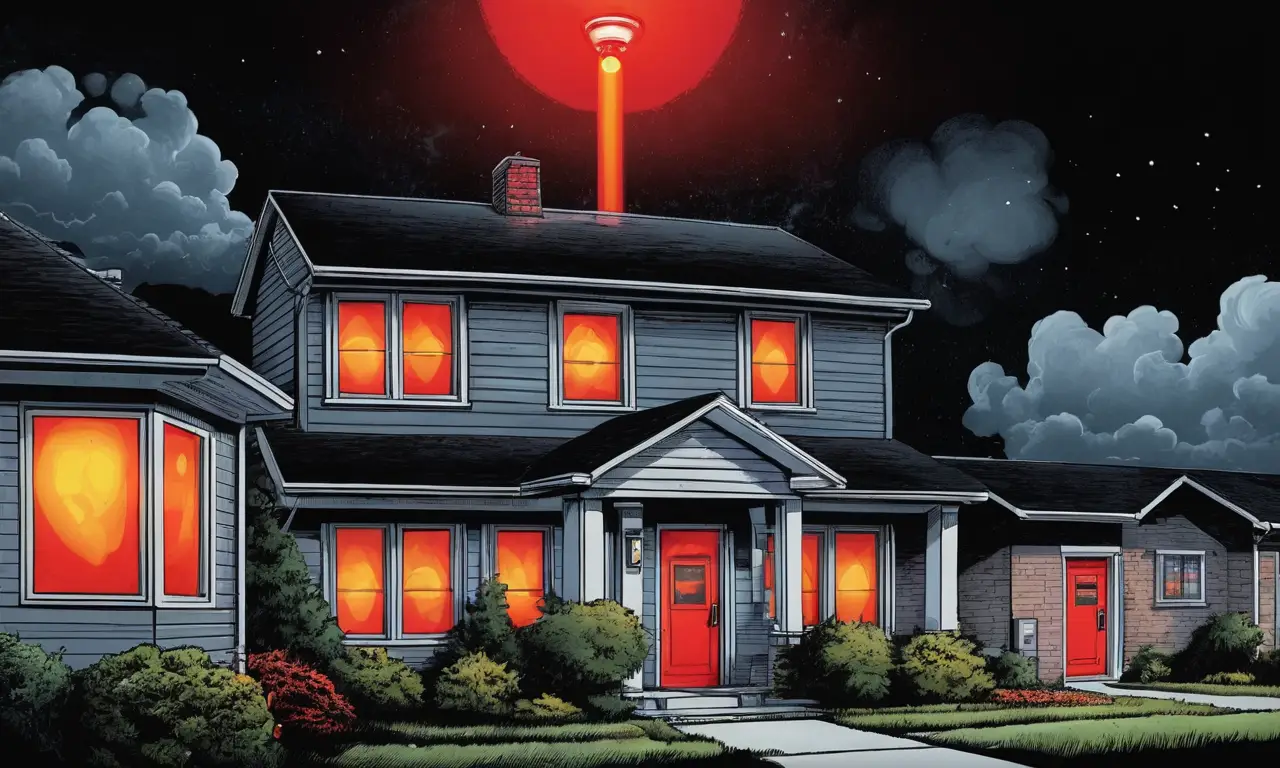
Carbon monoxide (CO) is a colorless, odorless, and tasteless gas that can be deadly. It’s produced by the incomplete burning of fuels like gas, wood, coal, and oil. Because you can’t see, smell, or taste it, CO poisoning can happen quickly and silently. That’s why having a working carbon monoxide detector in your home is crucial for early detection and prevention.
This article will guide you through the steps to take if you encounter a red first alert co alarm light. We’ll explain the significance of this warning signal, outline the dangers of CO exposure, and provide clear instructions on how to respond safely and effectively.
Red First Alert CO Alarm Light
A red first alert co alarm light is a serious warning sign indicating that dangerous levels of carbon monoxide are present in your home. This means immediate action is required to protect yourself and your family from potential harm. Don’t ignore this signal; treat it as a life-threatening emergency.
The color red on your First Alert CO detector specifically signifies high concentrations of CO, exceeding safe limits. It serves as a visual alert that you need to take immediate steps to address the situation. Remember, a red first alert co alarm light is not a suggestion; it’s a call to action.
Carbon Monoxide Danger

Carbon monoxide poisoning occurs when your body absorbs too much CO. This gas interferes with your blood’s ability to carry oxygen, depriving your organs and tissues of the essential fuel they need to function properly. Symptoms of CO poisoning can range from mild headaches and dizziness to severe nausea, confusion, loss of consciousness, and even death.
The severity of symptoms depends on the concentration of CO in the air and the length of exposure. Even low levels of CO can accumulate over time, leading to chronic health problems. It’s crucial to take any indication of CO presence seriously and act promptly to mitigate the risk.
Immediate Action Required
When you see a solid red light on carbon monoxide detector, or any other indication of a potential CO leak, immediate action is essential. First and foremost, ensure everyone in your home is aware of the situation and understands the need for swift response.
Next, open windows and doors to increase ventilation and allow fresh air to circulate throughout your house. This will help dilute the concentration of CO in the air. However, avoid using fans or other appliances that could potentially spread the gas further.
Evacuate Your Home

If you suspect a significant carbon monoxide leak, it’s crucial to evacuate your home immediately. Do not attempt to investigate the source of the leak yourself; leave that to trained professionals.
Gather all family members and pets, and proceed outside to a safe location away from your house. Once outside, call emergency services (911 in the US) to report the potential CO leak and request assistance.
Contact Emergency Services
When you contact emergency services, provide them with your exact location, a clear description of the situation, and any relevant details about your carbon monoxide detector red light.
Be prepared to answer questions about the type of fuel-burning appliances in your home, recent maintenance activities, and any unusual smells or symptoms you’ve experienced. Emergency responders will arrive at your location, assess the situation, and take appropriate measures to address the CO leak and ensure everyone’s safety.
Conclusion
A steady red light on carbon monoxide detector is a serious warning sign that demands immediate attention. Remember, early detection and swift action can save lives. By understanding the dangers of CO poisoning and following the steps outlined in this article, you can protect yourself and your loved ones from this silent threat.
